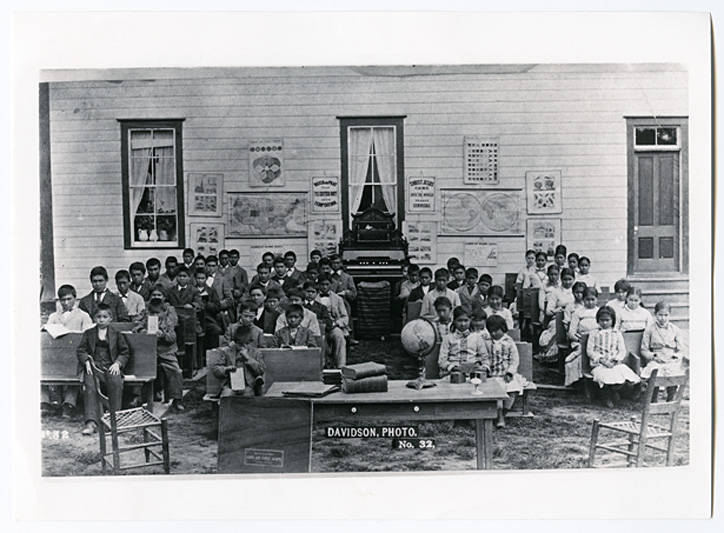
This week’s headlines highlight the profound ways culture, politics, and innovation intersect globally. From the impact of U.S. election results on the arts sector to India overtaking China as the top source of international students in the U.S., these stories reveal shifts in priorities, challenges, and opportunities for creators, cultural institutions, and the creative economy. Whether addressing federal funding, navigating layoffs, or redefining inclusion, these developments underscore the evolving dynamics shaping the arts and culture landscape.
Why It’s Important to Find Hope for—and Through—the Arts After the U.S. Election
The results of the U.S. election will shape critical issues for the cultural sector, including tax policy, immigration, and artificial intelligence regulations. Beyond funding, cultural institutions are called to foster unity in a divided nation, emphasizing their role in shaping shared identities and supporting the creative economy.
Why it matters: For creators and cultural organizations, these policy changes will impact funding, audience development, and access to international talent, requiring strategic adaptation to thrive in a polarized environment.
Amid Layoffs, Sotheby’s CEO Made an Instagram Post. Not Everyone Liked It
Sotheby’s announced over 100 layoffs, leaving staff uncertain about their futures, while CEO Charles Stewart’s Instagram post drew backlash for being perceived as tone-deaf. This incident highlights growing frustrations over corporate leadership optics in the arts.
Why it matters: Layoffs at a leading auction house reflect economic pressures in the creative industry, urging institutions to balance business imperatives with empathy and transparent communication to maintain trust and morale.
A New Monument Confronts the Dark Legacy of Native American Boarding Schools
President Biden’s proclamation of a national monument at Carlisle Federal Indian Boarding School acknowledges the systemic abuse Native American children endured. This step aims to preserve the history and amplify Indigenous voices.
Why it matters: For cultural institutions, addressing historical injustices through memorialization fosters healing and deeper engagement with underrepresented communities, promoting inclusivity in storytelling.
Drones and the Cost of Lost Trust
Unexplained drone sightings across the U.S. have fueled public skepticism and conspiracy theories, highlighting a deeper issue: the erosion of trust in civic institutions. Official statements have done little to reassure the public, leaving a vacuum filled by misinformation and fear.
Why it matters: Cultural institutions are uniquely positioned to counter this decline in trust by serving as platforms for transparency, education, and civic engagement. Through exhibitions, public programs, and digital content, they can foster critical thinking, encourage dialogue, and rebuild confidence in shared narratives rooted in facts and understanding.
Women-Only Art Installation Reopens at MONA, Allowing Men to Learn About Housework
Mona’s Ladies Lounge, a controversial women-only installation, reopens after a legal battle. Men will now have limited access via ballot and will participate in lessons on domestic labor.
Why it matters: This reimagined space challenges traditional gender roles and explores inclusion in art, providing a unique case study on how institutions can reframe exclusionary narratives into meaningful conversations.
India Overtakes China as the Top Source of International Students for U.S. Colleges
India surpassed China as the largest source of international students in the U.S., marking a 23% increase in enrollment. This shift reflects evolving global education trends and the enduring appeal of U.S. colleges for STEM education.
Why it matters: Cultural institutions and creatives in the U.S. have an opportunity to engage with this growing demographic, fostering global cultural exchange and expanding their audience base through targeted outreach and programming.
Image: Native American students at the Indian Training School, Photo Image Collection, Pacific University Archives
